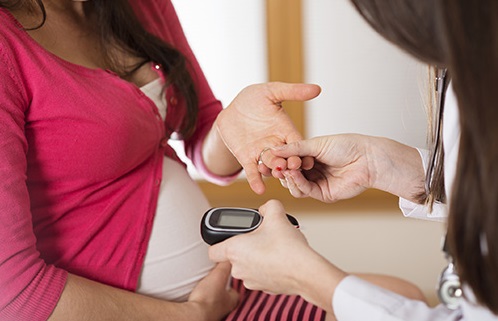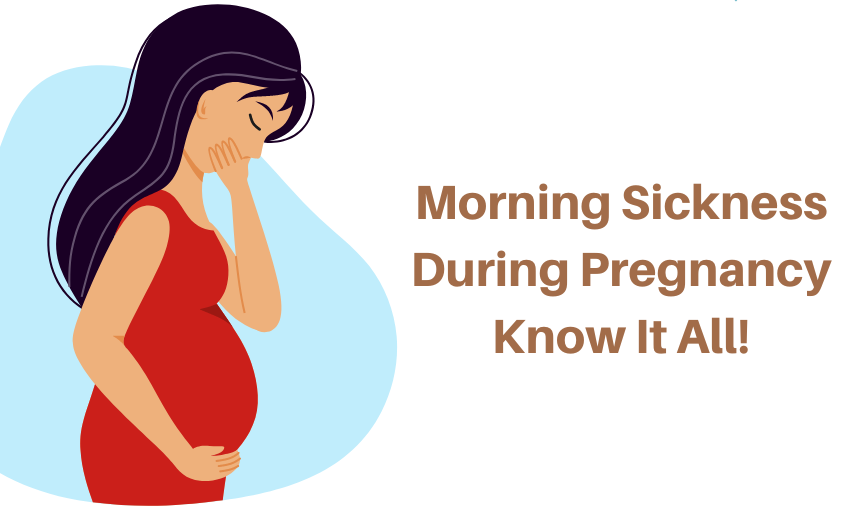Introduction
Menstruation is a normal and natural part of women’s reproductive health. It often comes with various symptoms like cramps, bloating, and mood swings. Although these symptoms can vary greatly among individuals, diet plays an essential role in their management. This post will explore the foods that may exacerbate menstrual symptoms, along with healthier alternatives.
The Connection between Diet and Menstrual Symptoms
The foods we eat can have a direct impact on our hormonal balance and blood flow, both of which are intricately connected to menstrual symptoms. Some foods can cause or increase inflammation, leading to discomfort and pain during the menstrual cycle. Let’s delve into what foods to watch out for and why.
Foods to Be Aware Of
- Caffeine: Caffeine can lead to breast tenderness and insomnia during menstruation. It might also increase anxiety and irritability, further worsening symptoms.
- Dairy Products: Some dairy products may contribute to inflammation, leading to bloating and cramps for certain individuals. Opt for lactose-free or low-fat versions if you notice this connection.
- Salty Foods: Salty foods can cause water retention, which might result in bloating or swelling. Avoiding processed and high-sodium foods may reduce these symptoms.
- Sugar and Refined Carbs: These foods can cause fluctuations in blood sugar levels, leading to mood swings and increased pain or cramps.
- Spicy Foods: If you find that spicy foods upset your digestive system, they may contribute to discomfort during menstruation.
- Alcohol: Alcohol can interfere with hormone regulation and may disrupt sleep patterns or cause mood swings.
- Fatty Foods: High-fat foods might lead to increased inflammation and more severe cramps.
- The Role of Hydration
Drinking enough water during your period is crucial. Dehydration can exacerbate menstrual symptoms, leading to increased discomfort. Consider drinking herbal teas or eating water-rich fruits like watermelon to help with hydration.
Read More: Pregnancy with diabetes: what should we pay attention to in summer?
Individual Differences and the Need for Personal Awareness
Everyone’s body is unique, and one person’s trigger might not affect someone else the same way. Keeping a journal of your menstrual symptoms and diet can help you identify what affects you personally.
Alternative Food Choices
If you notice that certain foods exacerbate your menstrual symptoms, consider these alternatives:
- Anti-inflammatory foods: Such as berries, turmeric, and green tea.
- Calcium-rich foods: Including leafy greens and fortified non-dairy milk.
- Magnesium-rich foods: Like nuts and avocados, which can help with cramps.
Conclusion
Diet plays a significant role in managing menstrual symptoms. Being proactive about your food choices, especially during menstruation, can make a big difference in your comfort. Always consult with healthcare professionals if you experience severe or concerning menstrual symptoms.
Call to Action
Have you noticed any dietary connections to your menstrual symptoms? Share your experiences or tips in the comments below. If you found this information helpful, please share this article with friends or family members who might benefit. Together, we can foster better awareness and management of menstrual health through diet!














